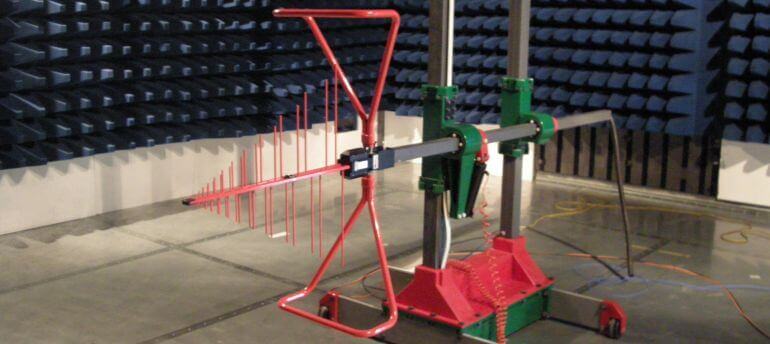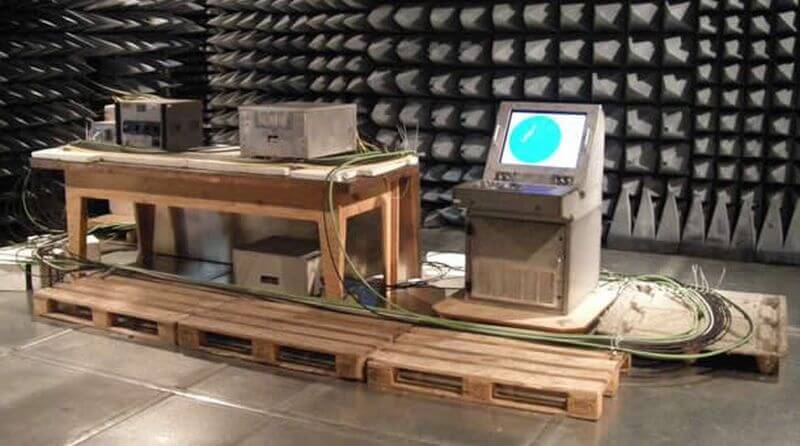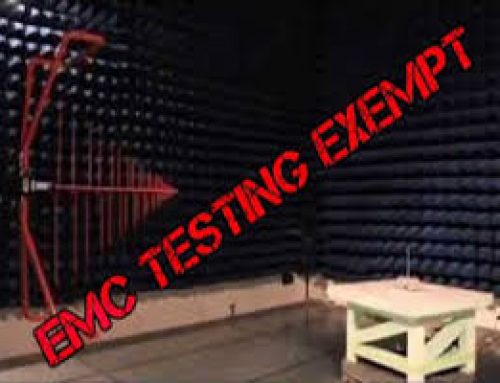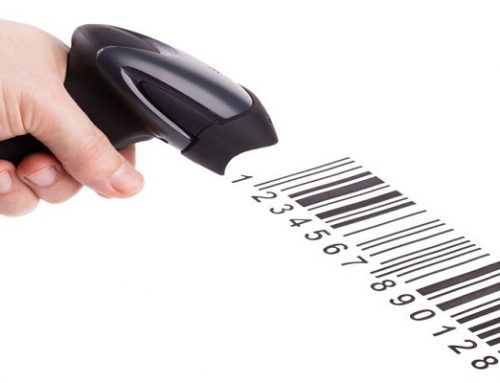EMI stands for Electromagnetic Interference. It is a problem caused by the proliferation of industrial, commercial, and military electronic systems and equipment. EMI affects mission-critical communication and guidance systems, military equipment and ordnance, household products, computer systems, and personal gadgets. One of the major problems is the exponential growth in mobile phones which use one of the major technologies that cause EMI. This is radio transmission using modern technologies like Wi-Fi, Bluetooth, and others.
Electromagnetic interference, if uncontrolled, can induce device degradation, a malfunction in adjacent systems, voice and noise interference. At its extreme, EMI can cause life-threatening situations by interfering with mission-critical commercial systems. An example amongst many is mobile phone transmission interfering with automatic guidance systems for aircraft landing approaches.
International and specific Australian/NZ standards regulate electronic equipment performance standards designed to mitigate risks associated with EMI. All electrical and electronic equipment sold and used in Australia/NZ must conform to set standards. Importers or retailers who distribute or sell non-compliant equipment in the Australian/NZ market face severe penalties.
A key component of these regulations is EMI testing and certification. Manufacturers and importers must test, certify, register, and label their products as standards compliant. This can only be done with test certification reports supplied by an accredited EMC test laboratory.
EMC Technologies is the largest and most experienced EMI test laboratory in Australia with offices in Sydney, Melbourne, and New Zealand. We have a team of qualified and experienced engineers who guide and specify certification requirements for different equipment.
EMI Standards
There are standards that apply to different geographical areas and standards that apply to different categories of equipment.
The international standards specify performance standards for equipment sold in a specific country. Examples include:
- Australia & New Zealand: EMC standards list
- United States: FCC Part 15 Rules Online
- Canada: Industry Canada ICES Rules
- Europe: European standards
- Japan: VCCI
- China: CNCA
- Russia: EASC
Equipment category standards apply to product categories like:
- Industrial, scientific, and medical RF equipment.
- Vehicles, boats, and combustion engine driven devices.
- Household appliances and electrical tools.
- Electric lighting.
- Sound and television receivers and broadcast equipment.
- Information technology equipment.
The applicable international standards include CISPR, IEC, ISO, EN, FCC and MIL-STD.
Somewhere in this list gadgets like mobile phones, chargers, and emerging technologies like wearable technology and Internet of Things products will belong.
Australia/NZ Standards
Local standards are regulated by the Australian Communications and Media Authority (ACMA). They supply a list of standard compliance for the Australian market.
EMI Testing Requirements and Processes
This is a complex subject and only an accredited test laboratory is qualified to offer accurate information to manufacturers and importers.
Testing includes three main classes:
- Emission. How electromagnetic energy is generated and released into the environment.
- Susceptibility. The tendency of electrical equipment to malfunction and cause radio frequency interference.
- Coupling. How emitted interference reaches a victim which can be other equipment, systems, or human beings.
Australian Test Services by EMC Technologies
EMC Technologies is the largest and most experienced of the NATA accredited test laboratories in Australia with an expert team of qualified engineers. We are the leading Australian expert in electromagnetic testing, assessment, and predictions (EMR).
We offer EMR measurements, the supply of site radiation folders (SRF), absorption rates (SAR), and RF predictions relative to Occupation, Health, and Safety (OH&S) requirements.
We offer the following services and test processes.
- RF ambient site surveys
- RF EMF measurements for OH&S purposes
- EMI interference surveys and investigations
- On site consulting services
- RCM testing and CE marking testing for large devices
We also have a portable shielded room we can ship to your site.
Specific equipment tests we offer:
- EMC testing for commercial, consumer and industrial industries.
- EMC testing related to military, aerospace, medical, automobile, and railway systems.
- Safety testing for compliance and certification related to Australian Electrical Equipment Safety System (EESS) and European (CE) Low Voltage Directive.
- Wireless testing and certification for the Australian Regulatory Compliance Mark (RCM).
- Compliance testing for radio communications technologies like Wi-Fi, Bluetooth, Zigbee, and other transmitter techniques.
- NATA accredited calibration services for electromagnetic (EMR) probes, electrostatic generators (ESD), surge generators, and other RF equipment.
- Worldwide certification for radio and telecommunication products. This includes Australian RCM certification, FCC for the United States, and ISED for Canadian certification.
Suppliers to the Australian and NZ markets are welcome to contact us for expert advice about applicable standards and testing requirements for these markets as well as international market requirements.
Specific EMC Tests
The following list illustrates the complexity of EMC test requirements, Consult with EMC technologies which ones of these tests are required to achieve certification.
Radiated Emissions Test.
This is the most commonly required EMC test in all countries. It measures the electromagnetic field strength emitted by a product.
Conducted Emissions Test.
Measures the interference coupled back to a power supply.
Flicker and Harmonics Testing.
Measures the harmonic current load on power supplies.
Voltage Flicker Testing.
Measures arcing between contacts.
Magnetic Field Testing.
An uncommon test that checks magnetic fields present at lower frequencies.
EMC Immunity Testing.
This is the opposite of emission testing. It checks how a product reacts when exposed to electromagnetic fields.
ESD testing.
This involves applying electrostatic discharges (static electricity) to areas of the product that humans can touch. The test seeks to measure how the equipment reacts and possible failure modes.
Radiated Immunity.
This test checks how insulated a product is when exposed to an electric field of a certain amplitude and across a range of frequencies.
Electrical Fast Transient (EFT).
Checks equipment reaction to inductive load switching caused by toggling nearby electric switches, motors and relays, and fluorescent lamps.
Surge Test.
Checks immunity against low-frequency power surges.
Conducted Immunity.
Checks equipment immunity against capacitive and inductive coupling from nearby cabling.
Magnetic Field Test.
Checks equipment performance in the presence of magnetic fields generated by adjacent power cabling,
Voltage Dips, Drops & Interruptions
Checks the effect of voltage dips and short brownouts of AC and DC power supplies.







Leave A Comment